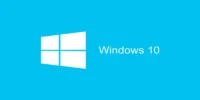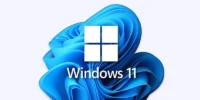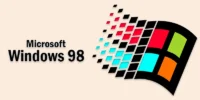Embedded Systems Operating System | Definition, Example, Types, Advantages and Disadvantages
Published: 30 Dec 2024
Embedded Operating System
An embedded operating system is a special type of software designed to manage and control small devices or systems within other products, like smart TVs, washing machines, or car systems. Unlike regular operating systems on computers or smartphones, embedded operating systems are created for specific tasks and work efficiently with limited memory and processing power. They’re built to be lightweight, quick, and dependable, so these devices run smoothly and do their jobs without interruption.
Example of Embedded Operating System
Here are some common examples of embedded operating systems:
- Android Auto: Powers car infotainment systems.
- RTOS: Used in medical devices for quick responses.
- VxWorks: Controls aviation and space equipment.
- FreeRTOS: Manages industrial machines.
- WatchOS: Runs Apple smartwatches.
- Contiki: Supports IoT and smart home devices.dd
- Zephyr: Operates in wearable technology.
- ThreadX: Powers consumer electronics like cameras.
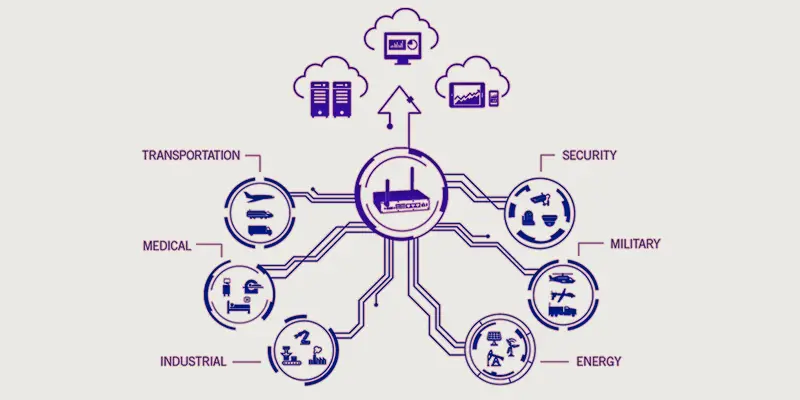
How does an embedded operating system work?
- Controls Specific Devices: Manages and runs specific devices, like washing machines or car systems, rather than general computers.
- Performs Single Tasks: Focuses on one main job, ensuring it runs efficiently without interruptions.
- Uses Limited Resources: Works with limited memory and power to keep the device small and efficient.
- Provides Real-Time Responses: Reacts immediately to inputs, which is crucial for things like medical devices and car systems.
- Runs Continuously: Often operates non-stop to keep the device ready to perform its task whenever needed.
- Ensures Stability: Built to prevent crashes and errors so the device remains reliable over long periods.
These features make embedded operating systems perfect for managing small, task-specific devices.
Uses of Embedded Operating System
Here are the most common uses of embedded operating systems:
- Automotive Systems: Embedded operating systems control various car functions, like navigation, music, and climate control, making cars safer and more convenient for drivers.
- Home Appliances: Devices like microwaves, washing machines, and refrigerators use embedded operating systems to automate tasks, allowing them to work efficiently without needing constant user input.
- Medical Equipment: In devices like heart monitors or MRI machines, embedded operating systems provide quick responses and reliable performance to ensure patient safety and accurate readings.
These systems make everyday devices smarter, more responsive, and easier to use.
Types of Embedded Operating System
There are several types of embedded operating systems, as follows:
Real-Time Operating System (RTOS)
For important applications, a Real-Time Operating System (RTOS) is necessary since it is made to manage tasks that call for quick reactions. It guarantees that crucial tasks, such as those in industrial machinery, automotive systems, and medical devices, are finished within a set amount of time. RTOS helps keep systems stable and reliable by prioritizing tasks and managing resources efficiently, allowing them to react quickly to changes in their environment.
Single-Tasking System
A Single-Tasking System is an operating system that focuses on one task at a time. It is simple and efficient, making it ideal for devices that only need to perform one function, like a basic microwave or a digital clock. Because it doesn’t have to manage multiple tasks, it uses fewer resources and can operate quickly, ensuring that the single task is completed reliably.
Multi-Tasking System
A Multi-Tasking System is an operating system that can run multiple tasks at the same time. This allows devices like computers and smartphones, to perform various functions, such as browsing the internet while playing music and updating apps. By managing several tasks simultaneously, multi-tasking systems make it easier for users to switch between activities without delays, enhancing overall efficiency and convenience.
Networked Embedded System
A Networked Embedded System is designed to connect to a network, like Wi-Fi or the internet, allowing it to communicate with other devices. This type of system is commonly found in smart home devices, such as smart thermostats or security cameras, enabling users to control them remotely through smartphones or computers. By sharing data over the network, these systems can provide valuable features, like real-time monitoring and updates, making everyday tasks more convenient and efficient.
Mobile Embedded System
A Mobile Embedded System is designed for portable devices like smartphones and tablets. It allows users to run various applications, access the internet, and perform multiple tasks on the go. These systems are built to be efficient and user-friendly, providing features like touchscreens and sensors, which enhance the overall mobile experience. By combining hardware and software, mobile embedded systems enable a wide range of functionalities in a compact form.
Each type of embedded OS is tailored for specific tasks and devices, ensuring efficient and reliable operation.
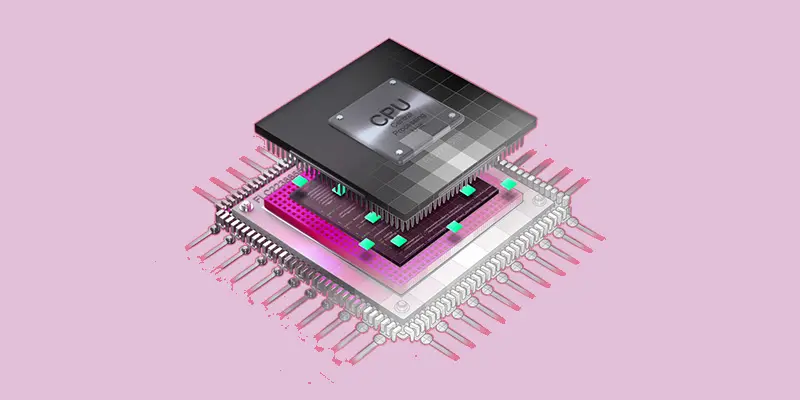
History of Embedded Operating Systems
The history of embedded operating systems dates back to the early days of computing when devices started to require more complex control systems. In the 1960s and 1970s, early embedded systems were simple and focused on specific tasks, often using basic programming techniques.
As technology advanced, more sophisticated systems emerged in the 1980s, with the development of Real-Time Operating Systems (RTOS) for critical applications like industrial automation and aerospace.
In the 1990s, the rise of microcontrollers led to the creation of more versatile embedded operating systems that could handle multiple tasks. This decade saw the introduction of Linux and other open-source systems, which provided developers with greater flexibility.
By the 2000s and beyond, embedded operating systems became essential in everyday devices, from smartphones to smart appliances, driving innovation in the Internet of Things (IoT) and making our lives more connected and efficient.
Characteristics of Embedded Operating System
- Efficiency: Embedded operating systems are designed to use minimal resources, like memory and processing power so that they can run smoothly on devices with limited capabilities. This efficiency helps keep the device small and energy-efficient.
- Reliability: These systems are built to work without crashing or failing, which is crucial for devices that need to operate continuously, such as medical equipment or automotive systems. Reliability ensures that the device performs its tasks consistently over time.
- Real-Time Operation: Many embedded operating systems can respond to inputs instantly, making them suitable for critical applications like airbag systems in cars or heart monitors. This real-time capability ensures that tasks are completed within strict time limits.
- Specific Functionality: Unlike general-purpose operating systems, embedded OS is designed for specific tasks or functions. For example, a washing machine control system focuses solely on washing cycles, which helps optimize performance for that task.
- Low Power Consumption: Embedded operating systems are often designed to consume very little power, allowing devices to run for long periods without needing a recharge. This is especially important for portable devices and IoT gadgets that rely on battery power.
Popular Embedded Operating System
Here are ten popular embedded operating systems:
- FreeRTOS: A lightweight and flexible real-time operating system commonly used in small devices like microcontrollers.
- VxWorks: A robust RTOS used in critical applications such as aerospace, defence, and industrial equipment.
- Linux: A versatile operating system that can be customized for embedded systems, powering devices like smart TVs and routers.
- Android Things: A version of Android designed for IoT devices, allowing developers to create smart home products.
- Windows IoT: A Microsoft operating system tailored for small devices, enabling the development of IoT applications.
- Zephyr: An open-source RTOS designed for connected devices, particularly in the Internet of Things (IoT) space.
- Contiki: A lightweight operating system specifically for IoT devices that supports low-power wireless communication.
- RTEMS: A real-time operating system used in embedded systems for aerospace, automotive, and telecommunications applications.
- ThreadX: An RTOS known for its small footprint and fast performance, often used in consumer electronics.
- Mbed OS: An open-source operating system for IoT devices, making it easy to connect and manage sensors and other hardware.
These operating systems are popular for their ability to efficiently manage the specific tasks needed in embedded devices.
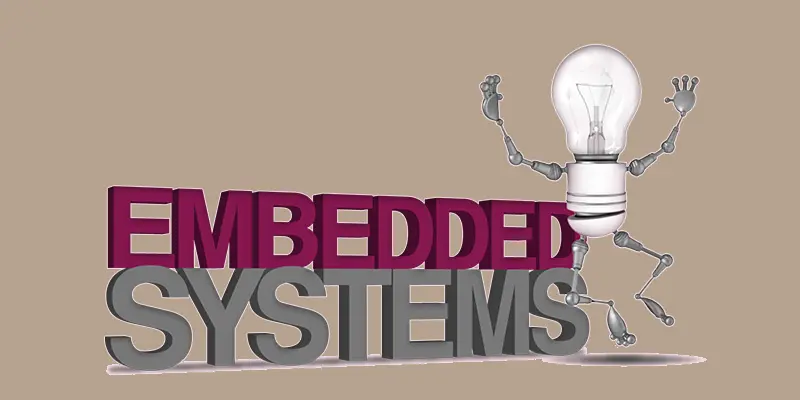
Advantages of Embedded Operating System
- Boost Device Efficiency: Boosting device efficiency means that an embedded operating system is designed to use as few resources as possible, like memory and processing power. This makes it perfect for smaller devices, allowing them to perform their tasks smoothly without slowing down. By working efficiently, the system helps devices run faster and with less power, which is especially helpful for gadgets that need to work continuously.
- Enhancing Reliability: Enhancing reliability means that an embedded operating system is built to work continuously without errors or crashes. This is important for devices that need to run smoothly all the time, like medical monitors or car safety systems. With high reliability, these systems ensure that the device performs its job consistently, keeping users safe and reducing the need for constant repairs or resets.
- Enables Real-Time Responses: Enabling real-time responses means that an embedded operating system can react instantly to changes or inputs. This is crucial for devices like airbag systems in cars or heart monitors in hospitals, where quick reactions are necessary for safety. With real-time capability, the system ensures that important actions happen immediately, helping devices perform their tasks accurately and on time.
- Improves Tasks Performance: Improving task performance means that an embedded operating system is designed to handle specific tasks quickly and efficiently. By focusing on one main function, like controlling washing machine cycles or managing car sensors, it optimizes performance for that job. This targeted approach ensures that the device completes tasks smoothly and accurately, making it more effective at what it’s built to do.
- Reduces Power Usage: Reducing power usage means that an embedded operating system is designed to use as little energy as possible, helping devices run longer without needing a recharge. This is especially useful for battery-powered devices like smartphones or remote sensors. By conserving energy, the system allows these devices to stay on and function efficiently for extended periods, saving power and improving battery life.
Disadvantages of Embedded Operating System
- Limited Flexibility: Embedded operating systems are usually designed for specific tasks, making it hard to adapt them for new functions or features. This lack of flexibility can limit the device’s capabilities and may require a complete redesign for new applications.
- Complex Development: Creating embedded systems often requires specialized knowledge and skills in programming and hardware. This complexity can make development time-consuming and increase costs, especially for teams without the right expertise.
- Hardware Dependence: The performance of embedded operating systems is often closely tied to the specific hardware they run on. This dependence means that upgrading or changing hardware can lead to compatibility issues or require significant changes to the software.
- Debugging Challenges: Troubleshooting embedded systems can be difficult due to their complexity and the way they interact with hardware. Finding and fixing bugs often requires deep technical knowledge, which can delay development and increase costs.
- Costly Upgrades: Upgrading embedded systems can be expensive and time-consuming, particularly in larger installations. Changes may require replacing hardware or extensive reprogramming, making it challenging to keep systems current and efficient.
Embedded vs Non-Embedded Operating System
| Embedded Operating System | Non-Embedded Operating System |
| Designed for specific devices and tasks. | General-purpose, suitable for various applications. |
| Optimized for low memory and power consumption. | Requires more resources, including memory and processing power. |
| Often provides real-time responses for critical tasks. | May not guarantee real-time responses. |
| Usually has minimal user interface or none at all. | Supports rich user interfaces for various interactions. |
| Limited flexibility; tailored for specific functions. | Highly flexible; can run many applications and adapt easily. |
Conclusion about Operating System Embedded
Embedded operating systems play a crucial role in making our everyday devices smart and efficient. They are specifically designed to handle particular tasks, ensuring that devices like appliances, cars, and medical equipment work reliably and quickly. With features like low power consumption and real-time processing, these systems help improve the performance of various applications. As technology continues to evolve, embedded operating systems will become even more important in supporting the growing number of connected devices in our lives.
FAQS – OS for Embedded Systems
The full form of EOP is Embedded Operating System.
A real-time embedded operating system is designed to respond to inputs or changes immediately. It is used in critical applications, like car safety systems or medical devices, where quick reactions are necessary to ensure safety and proper functioning.
Another name for an embedded operating system is “firmware.” This term refers to the specialized software that controls specific hardware in devices like appliances and cars.
Embedded operating systems are software that runs on devices to control their specific functions. Unlike general-purpose operating systems, they are designed for particular tasks, making them efficient and reliable for devices like microwaves, cameras, and smart sensors.
Several types of operating systems are used for embedded systems, including real-time operating systems (RTOS), Linux-based systems, and lightweight systems like FreeRTOS and Zephyr. These systems are chosen based on the specific needs of the device they control.

- Be Respectful
- Stay Relevant
- Stay Positive
- True Feedback
- Encourage Discussion
- Avoid Spamming
- No Fake News
- Don't Copy-Paste
- No Personal Attacks

- Be Respectful
- Stay Relevant
- Stay Positive
- True Feedback
- Encourage Discussion
- Avoid Spamming
- No Fake News
- Don't Copy-Paste
- No Personal Attacks


